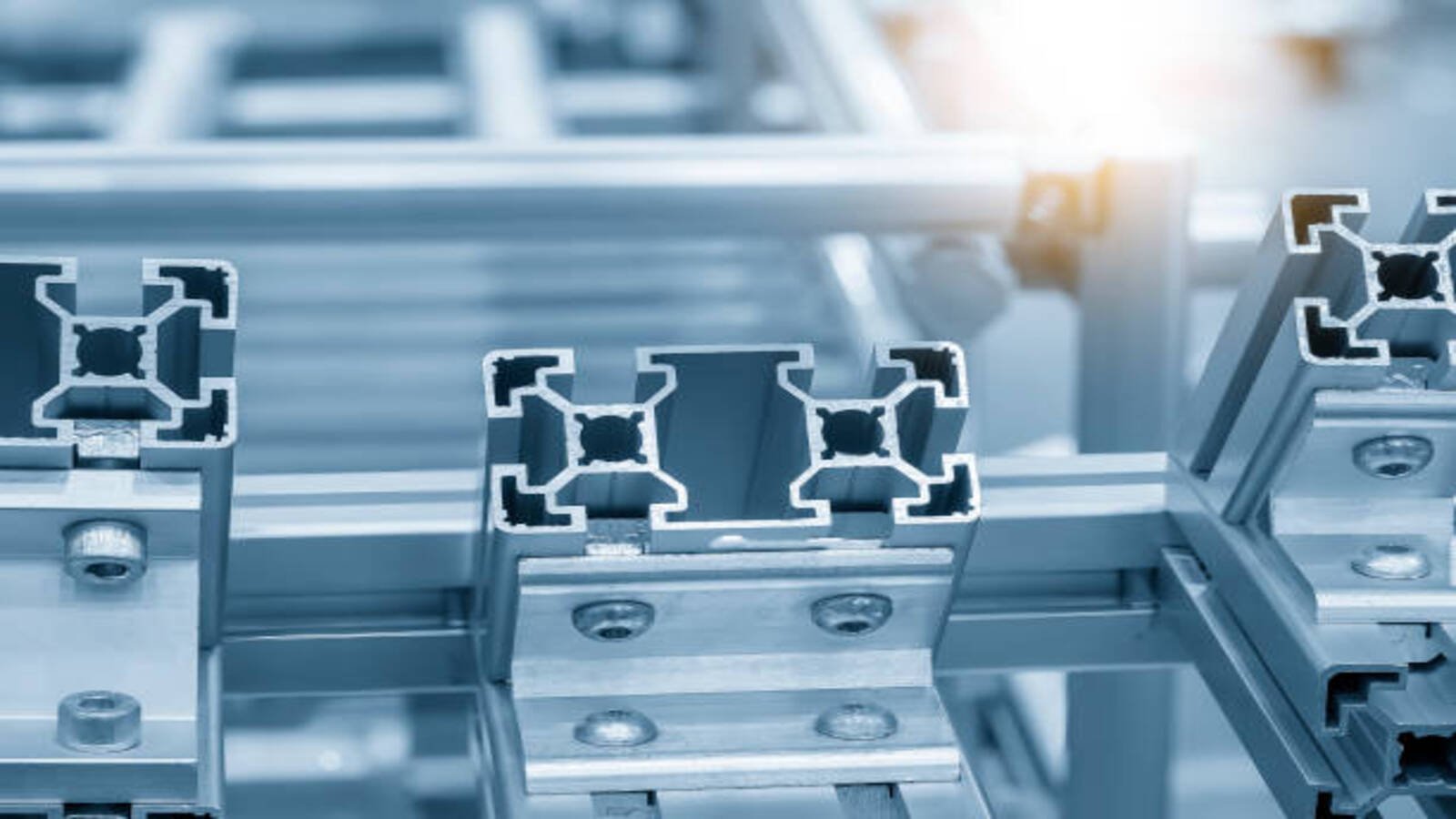Introduction
As the demand for metals continues to rise, the need for processing innovations in aluminum and copper production becomes more crucial. The advancements in processing techniques have significant effects on the production and quality of these metals, as well as the industries that rely on them. Here are ten significant innovations in aluminum and copper processing that are changing the metal production industry.
Improved Smelting Technology
Smelting is a crucial aspect of the production process in both aluminum and copper processing industries. The introduction of improved smelting technology has resulted in a significant reduction in energy usage, along with notable improvements in product quality.
Upscaling of the Process
The recent upscaling of aluminum and copper production processes has allowed for massive increases in production capacity, with the high-quality product still being achievable. This was accomplished through robust industrial engineering and innovative processing techniques, reducing waste and operational costs.
New Alloy Development
The creation of new aluminum and copper alloys has made it possible to achieve specific product features that were not previously possible, such as increased strength, conductivity, and corrosion resistance.
Efficient Material Handling
The automation of aluminum and copper processing plants through IT systems has significantly improved material handling efficiency, leading to reduced wastage and enhanced productivity.
Minimization of Environmental Impact
Environmental impact mitigation has become one of the critical issues in modern industries. Processing innovations in aluminum and copper production are being geared towards reducing air, water, and soil pollution, through the adoption of closed-loop processing, cleaner energy, and the introduction of new processing technologies like carbon capture systems.
Advanced Recycling Techniques
Given the growing environmental concerns, recycling is a top priority in industry. Innovations in aluminum and copper recycling technologies have made it possible to recycle these metals with minimal loss in quality, while also reducing energy consumption compared to primary production.
Nanotechnology Development
The development of nanotechnology is revolutionizing the manufacturing industry, including aluminum and copper processing. Nanotechnology is being used to generate new materials with outstanding mechanical, thermal, and electrical properties that are useful in multiple industries.
New Heat Treatment Methods
With increased demand for high-performance aluminum and copper products, innovative heat treatment techniques have been developed to provide the end-users with improved alloys. The new heat treatment techniques improve the mechanical properties of these metals, including strength and ductility, as well as their stability under high heat and stress conditions.
Innovative Casting Techniques
The introduction of new casting techniques, like isothermal forging, has provided aluminum and copper processors with a viable way of customizing the shape and structures of their casts in accordance with end-users' requirements. These casting innovations also eliminate the presence of structural defects and provide a cleaner surface finish.
Improved Galvanizing Technology
Galvanizing is essential for enhancing the corrosion resistance of metals like copper. Improvements in galvanizing technology have made it possible to enhance the coating’s quality while also reducing metal texture erosion and erosion of the galvanizing equipment. This has led to low maintenance needs and longer-lasting, corrosion-resistant metals.

